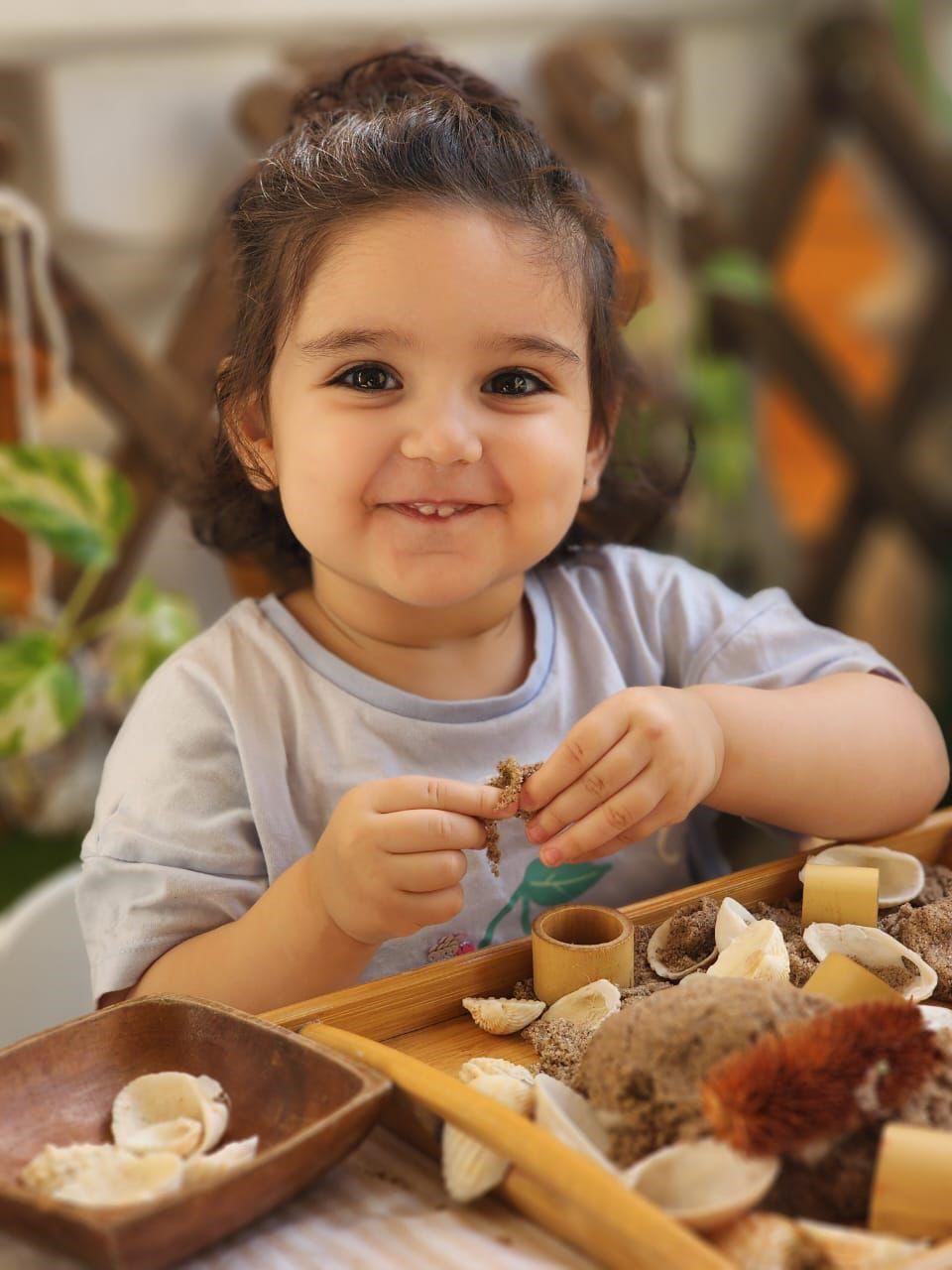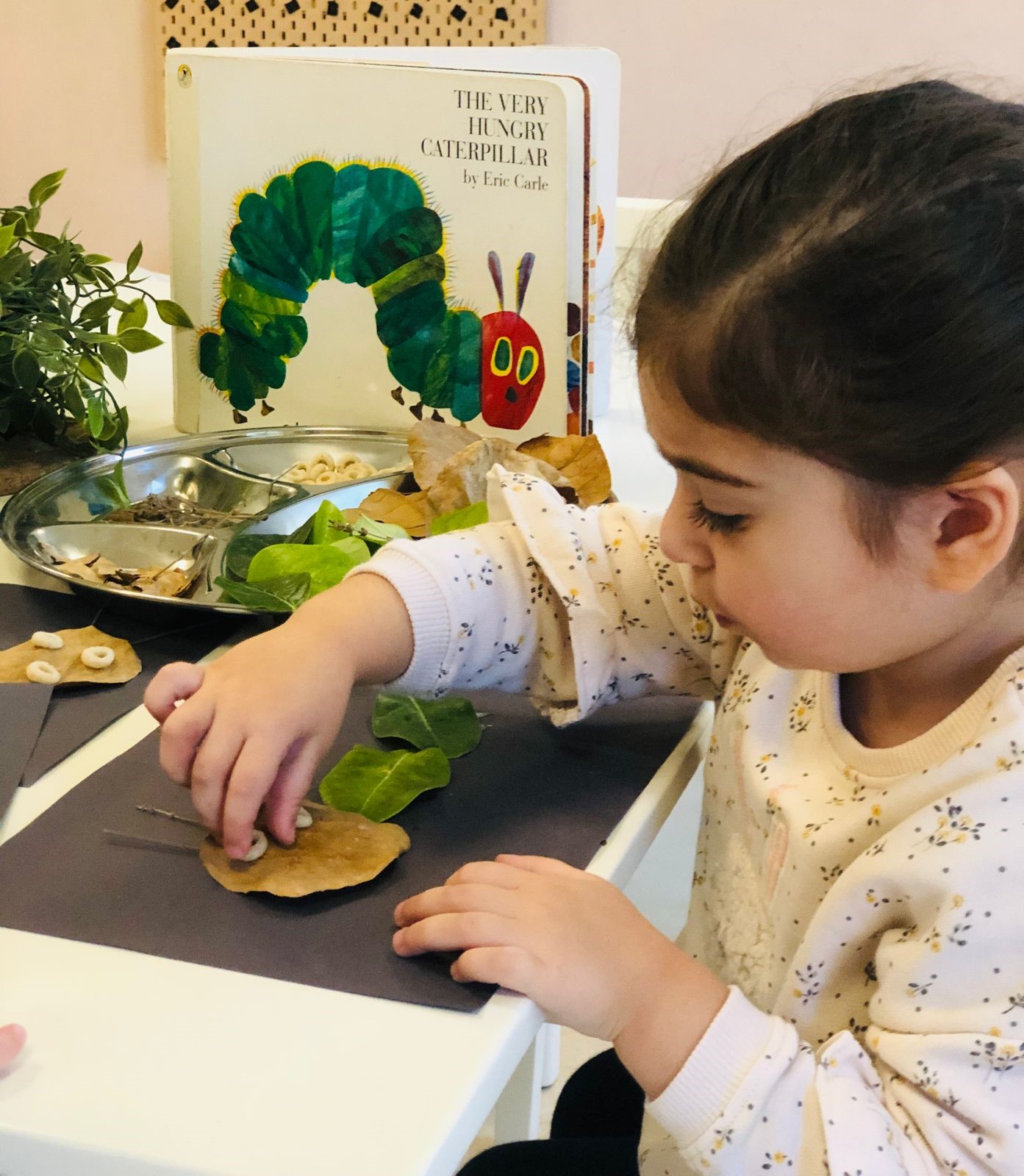We live in an age of instant gratification. Food arrives at our doors with a tap. Cartoons are always one click away. Answers come faster than ever. But for young children still developing key life skills, this fast-paced world can make learning patience feel nearly impossible.
If your child melts down in the face of delays, gives up quickly when things get tough, or struggles to wait their turn, you’re not alone. These behaviors are more common than ever—and they’re not signs of bad behavior, but of undeveloped self-regulation skills.
The good news? Patience is a skill—and like any skill, it can be taught, modeled, and practiced.
Why Patience Matters More Than Ever
In a world that rarely requires children to wait, teaching patience is one of the most valuable lessons you can offer. It’s tied to:
- Self-regulation: Managing emotions in the face of frustration or delay
- Delayed gratification: Choosing a better reward later over instant satisfaction now
- Longer attention span: Essential for learning, creativity, and perseverance
- Stronger relationships: Waiting, listening, and turn-taking all build better social skills
📊 What the Research Says
According to studies on emotional regulation, children who learn patience early tend to:
- Do better in school
- Form more meaningful friendships
- Cope with stress more effectively
In fact, patience in early childhood is linked to higher emotional intelligence and even better mental health outcomes later in life.

Why Today’s Children Struggle with Patience
Children aren’t naturally impatient—they’re just reacting to their environment.
📱 Technology & Instant Results
Digital devices deliver immediate feedback, which rewires the brain to expect instant rewards. Waiting even a few seconds can feel intolerable.
🚀 Overscheduling
When every minute is structured, children don’t get time to sit with boredom, frustration, or waiting.
🧠 Brain Development
The part of the brain responsible for impulse control—the prefrontal cortex—is still developing well into adolescence. Younger children are simply not wired to wait.
🧒 Emotional Immaturity
Children still learning to name, process, and regulate their feelings often react to delays with frustration or even tantrums.
How to Teach Patience (Without Power Struggles)
Teaching patience doesn’t mean punishing impatience. It means creating safe, consistent opportunities to practice waiting, problem-solving, and calming down.
🧘♀️ 1. Model Calm Waiting
Children learn by watching. If they see you breathe deeply when frustrated or wait your turn to speak, they internalize those patterns.
Say out loud what you’re doing:
“I really want to check my messages, but I’m choosing to finish dinner first. Waiting helps me enjoy both.”
⏳ 2. Practice “Short Waits”
Start small. Ask your child to wait just 5 seconds before giving them a snack or toy. Gradually build the waiting time as they gain confidence.
You can say:
“Let’s see if we can count to five before the cookie comes out!”
“The car isn’t ready yet. Let’s guess how long it will take.”
Make it playful—not punishing.
🎮 3. Use Games That Build Patience
Games can help children practice delayed gratification and turn-taking in a low-stress way.
Try:
- Simon Says (requires impulse control)
- Red Light, Green Light
- Board games (waiting turns)
- Puzzles and building sets (requires persistence)
 3 Fun Activities That Help Build Patience
3 Fun Activities That Help Build Patience
Here are three creative ways to turn daily moments into patience practice:
🖌️ 1. The “Slow Art” Challenge
Set a timer for 10 minutes. Ask your child to draw without rushing, focusing on tiny details.
Bonus: This also boosts attention span and mindfulness.
🪴 2. Grow a Plant Together
Gardening is a natural patience-builder. Let your child plant a seed and water it daily. Watching it grow slowly teaches the reward of waiting.
🍪 3. Bake Together
Involve your child in a recipe with steps: mixing, baking, cooling. Each step builds delayed gratification and the anticipation of a delicious result.
Track Their Progress Over Time
Patience isn’t learned overnight. Celebrate small wins!
Consider using a simple Patience Tracker—a weekly chart where you mark:
- Moments they waited without whining
- Times they used calming tools
- Games or activities they completed patiently
👉 Personal, Social and Emotional Development Resource
Final Thoughts: Patience Is a Lifelong Gift
In a fast world, slow skills matter. By helping your child build patience, you’re giving them:
- The ability to tolerate frustration
- Tools to think before reacting
- A foundation for better focus, behavior, and emotional resilience
And perhaps most importantly, you’re helping them grow into calm, confident, and capable adults.
✅ Challenge: Try 3 Patience Activities This Week
Choose any three patience-building activities and try them this week with your child. Track how it goes. Celebrate the effort—not just the outcome.
Remember: Progress is the goal, not perfection. With your gentle guidance and consistency, your child will learn to navigate this instant world with grace.








